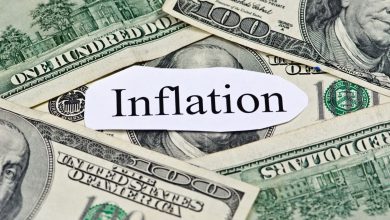
We’ve all had the “black hole pocket” experience, where we go broke immediately after receiving our paychecks. How do they always seem to drain our wallets if what we spend our money on is a product of many small choices?
Perhaps you require a budget.
How to Keep Track of Your Spending Effortlessly
Regularly tracking your spending can give you a more accurate picture of how you’re spending your hard-earned cash.
Here’s how to keep track of your weekly and monthly spending.
1. Create a single dashboard for all of your accounts
If one of your credit cards isn’t with your primary bank, you’ll have to switch between multiple dashboards to figure out how much money you’re spending. When you can’t see your credit cards, it’s easy to forget how much you’ve spent. This may lead to increased spending.
You can track your spending all in one place if you sign up for a budget and credit monitoring app, such as one from SoFi. You can easily track your spending, create a budget, and monitor your credit score now that you have a bird’s eye view of your financial history.
2. Look into other desktop expense trackers
Although budget templates and worksheets lack the power and convenience of apps, there are still compelling reasons to use them. If you’re a small business owner who can’t afford accounting software, an Excel spreadsheet can help you keep track of your expenses.
If you have a more complicated financial portfolio, however, you should invest in software. Quicken Premier, for example, allows you to track your investments and import bank transactions. Keeping track of all of your assets solely with free worksheets would be extremely time-consuming.
3. Sort your receipts and account statements into categories
Start tracking your spending habits once you’ve logged into your dashboard. Take a look at your accounts and calculate your monthly cash flow (what’s coming in and going out). Examine how much of your payment goes toward specific expenses and whether they are necessary.
Begin categorizing your purchases into two categories: impulse purchases and necessities. Some impulse purchases, such as clothing, may be necessary, but some necessities can be skipped. For instance, you will need a blazer for an interview but not Starbucks.
Read 11 Legit Ways for Teens to Earn Money.
4. Think about what impulse purchases you can do without
You shouldn’t spend all of your money just because you have a lot of it. Lifestyle creep is common, according to multiple studies on Millennial spending habits. Millennials who earn six figures a year are still drowning in credit card debt due to their increased spending.
Sure, you’ll need a blazer for an interview, but do you really need a Versace blazer, or will a $75 Nordstrom jacket suffice? Examine the items in your closet, home, and yard to see if you really need high-cost versions of products that are eating into your savings.
5. Don’t Make a Guilt Trip Out of Your Spending Journal
According to a survey conducted by Mind over Money, 77 percent of Americans are concerned about their financial situation. If you avoid stressful situations, you’ll either have to live without a budget or feel guilty whenever you make a mistake.
While it’s easier said than done, don’t be too hard on yourself if you overspend at first. If you notice a pattern after the first two weeks of budgeting, try to remain calm. You can begin making changes in week three that you will eventually stick to.
Learn more from finance and read 7 Financial Resolutions You’ll Actually Stick To.


